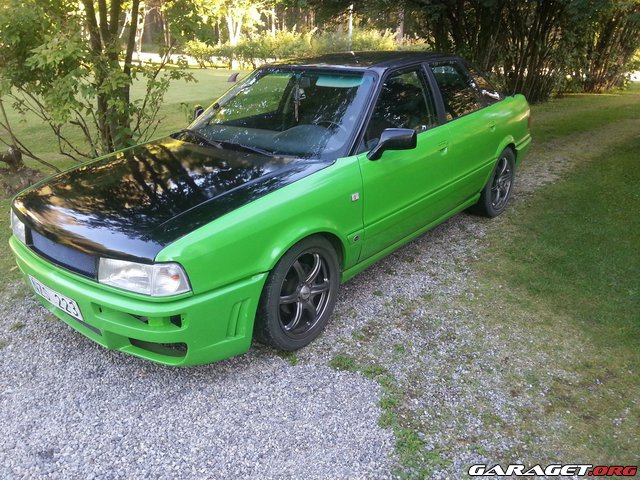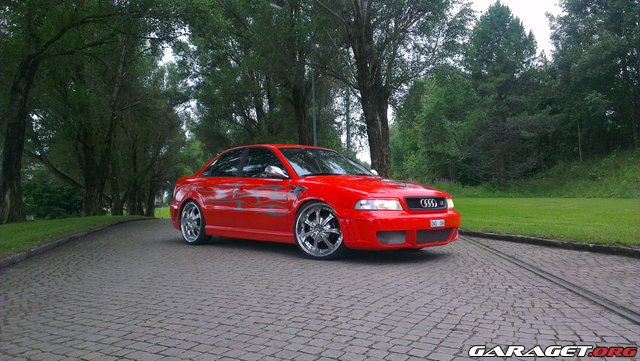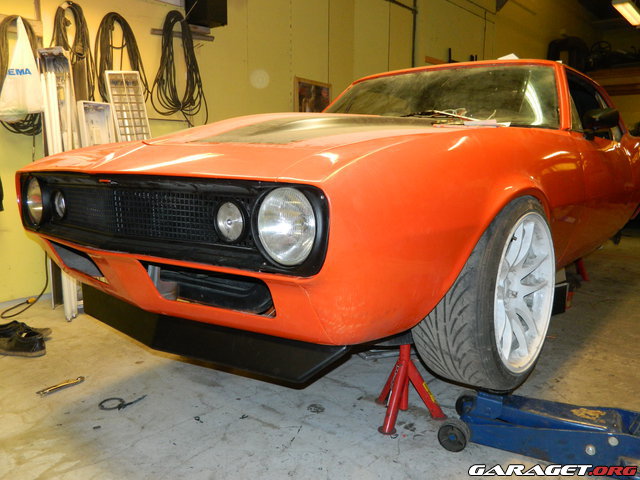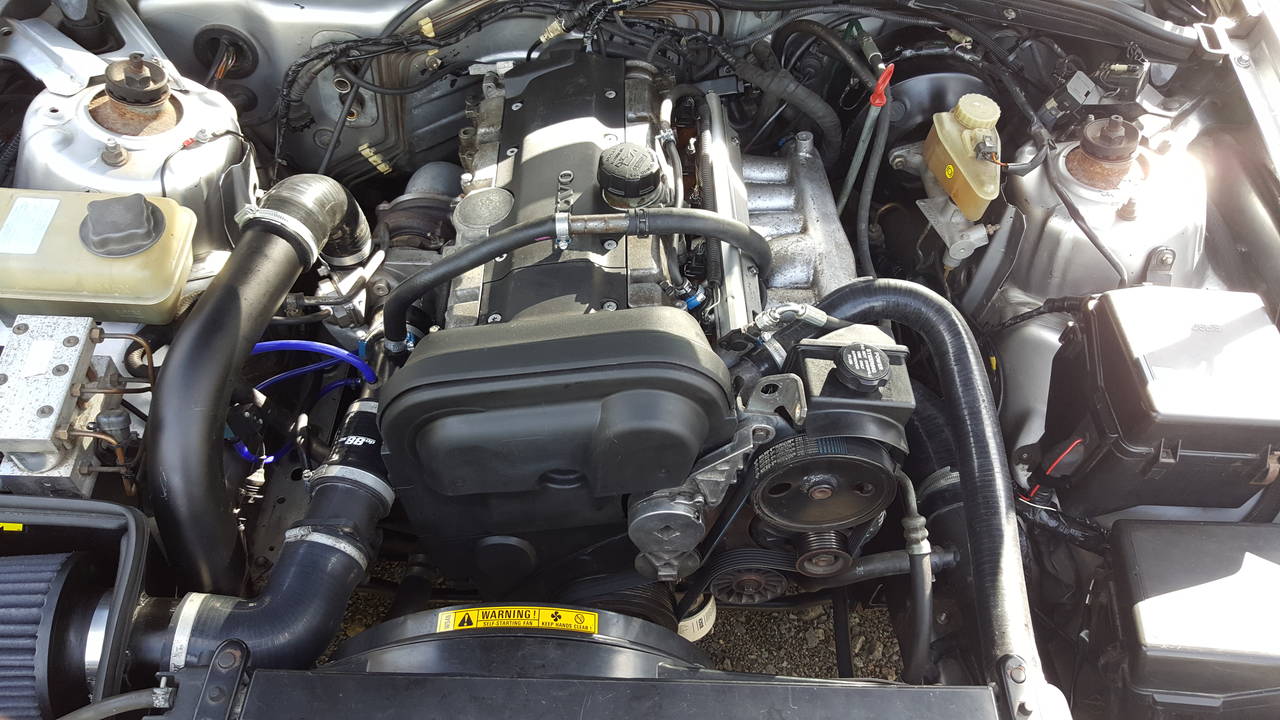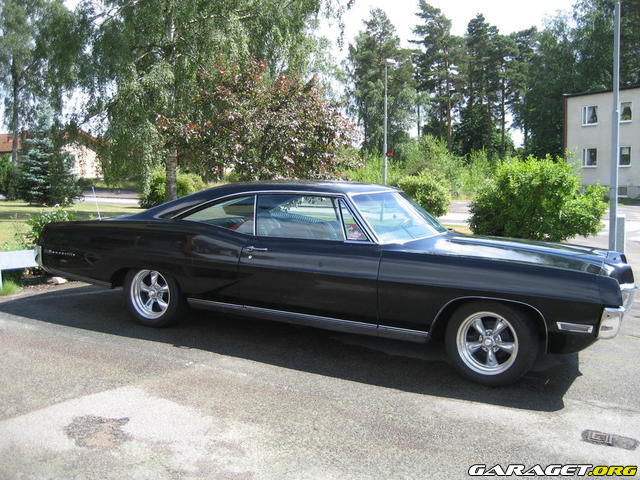The first generation of Chevrolet small-blocks began with the 1955 Chevrolet 265 in³ (4.3 L) V8. But it was the 350 in³ (5.7L) series that set the standard for high performance. The engine's physical dimensions (oversquare 4.00 in bore and 3.48 in stroke, 102 mm by 88 mm) are nearly identical to the 400 hp (300 kW) LS2 engine of today, but of course much has changed. It is by far the most widely used Chevrolet small-block; it has been installed in everything from station wagons to sports cars, in commercial vehicles, and even in boats and (in highly modified form) airplanes.
A 350 is usually common with engine swaps - much of the older, pre-1968 Chevrolet V8s were usually swapped with a later 350 when engine replacement was the norm. It has been known to swap a 350 in place of a different small block since all small blocks are the same on the outside (the external dimensions of a Chevrolet small block are the same).
First usage of the 350 was in the 1967 Chevrolet Camaro and 1968 Nova producing 295 horsepower (gross); other Chevrolet vehicle lines followed suit in the year 1969.
The GM Goodwrench 350 crate motor (sold through Chevrolet dealerships) is based on the pre-1986 small block design with two dipstick locations; pre-1980 on the driver's side and post-1980 on the passenger's side. This motor was produced in Mexico since 1981 as the Targetmaster 350.
Note that Buick, Oldsmobile, and Pontiac all produced three entirely different 350 in³ V8 engines that shared nothing in common other than displacement. The Buick 350 had a 3.80 in bore and a 3.85 in stroke (96.52 mm by 97.91 mm), the Oldsmobile 350 had a 4.057 in bore and 3.39 in stroke (103 mm by 86 mm), and the Pontiac 350 had a 3.876 in bore and a 3.75 in stroke (98.5 mm by 89.66 mm).


